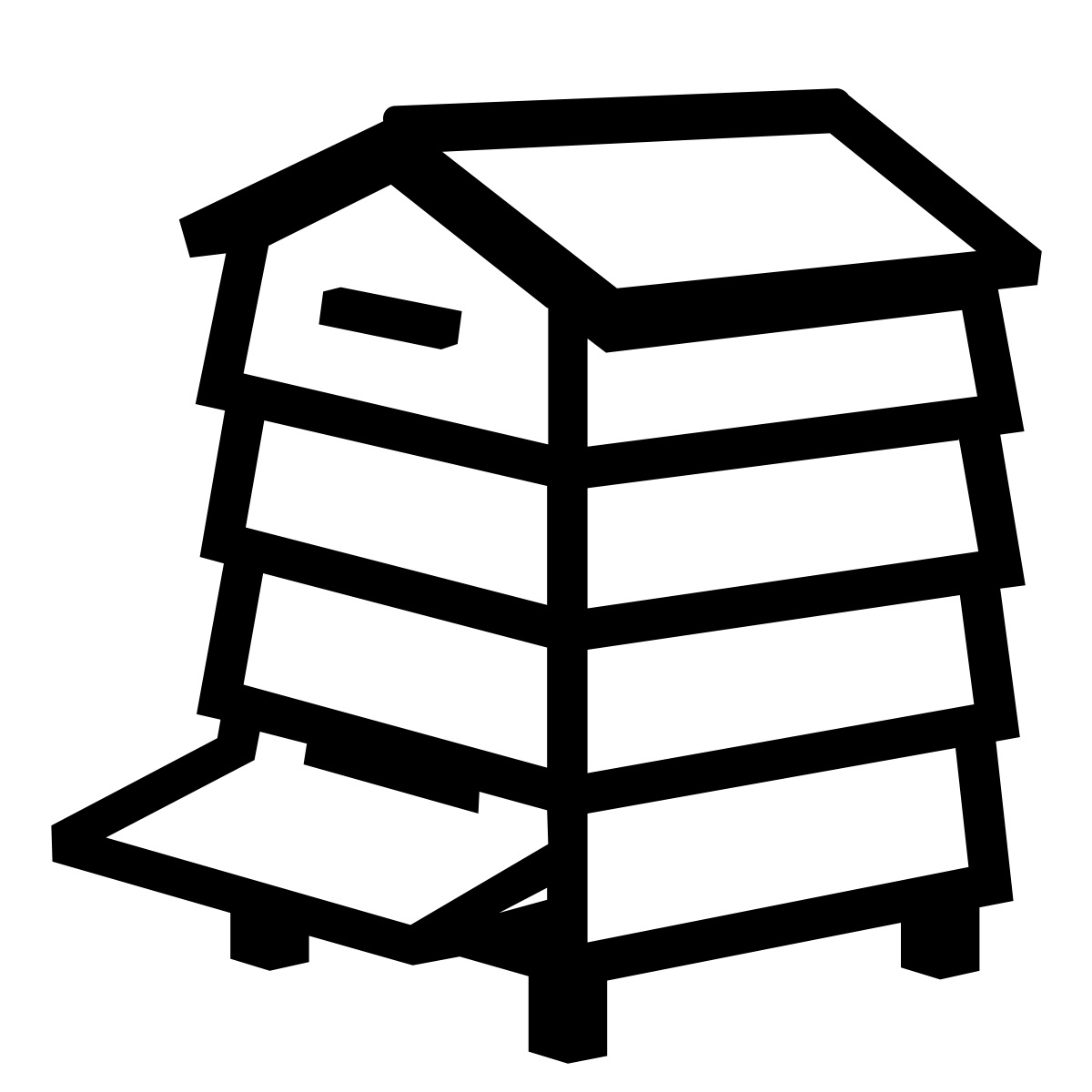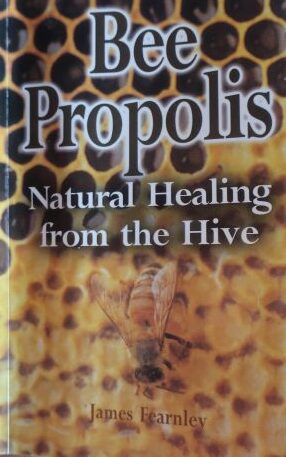
Introduction.
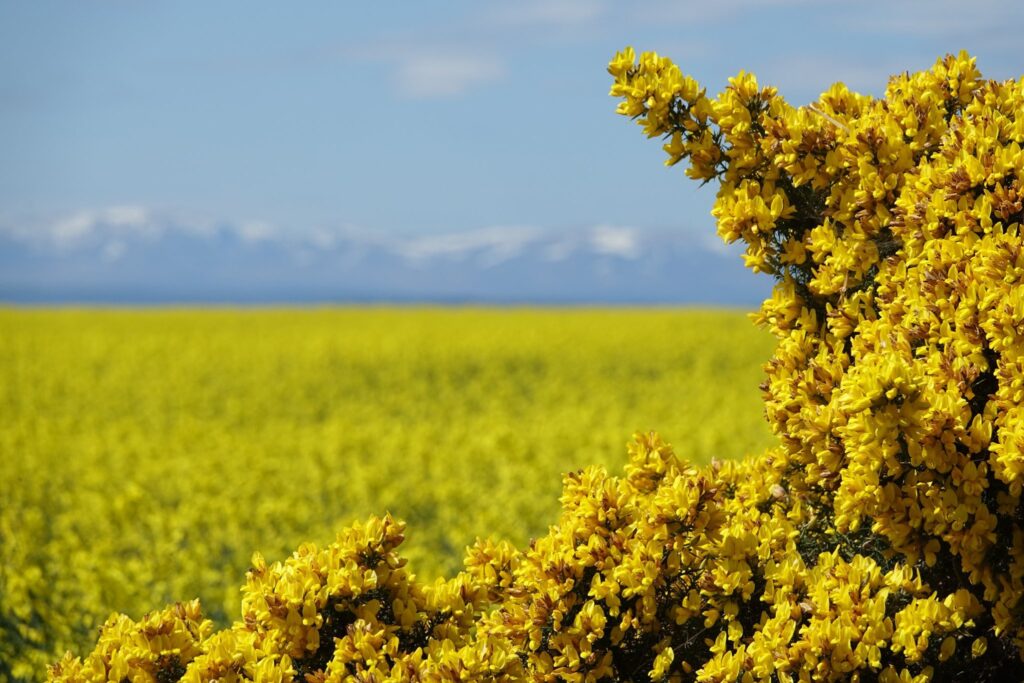
The good weather continues into April with temperatures in the high teens. Unusual for here in April and I’m seeing drones already so need to keep an eye on swarm preparations from now on. The oil seed rape field up the road is yellowing, and I’m noticing pollen and nectar coming in to the apiary. I’ve done quick inspections to mark last year’s queens green and change any floors that are dirty. Only one colony had dead bees on the floor and that was probably because they didn’t have a lot of stores over winter. The colony was made up of two swarms, in wooden hive parts, but I should have given them extra feeding as the super of honey I left them with was probably not enough. They needed a couple of frames of stores this week. However, the queen is laying well and they should do alright this season. All the colonies that went into winter have survived, but the ones in poly hives have got loads of stores left over compared with those in wooden hives. I’ve made a bit of room in some brood boxes by removing full frames for storage till the bees them again. Supers are on but I’ve kept the woolly blanket insulation under the roofs of all colonies.
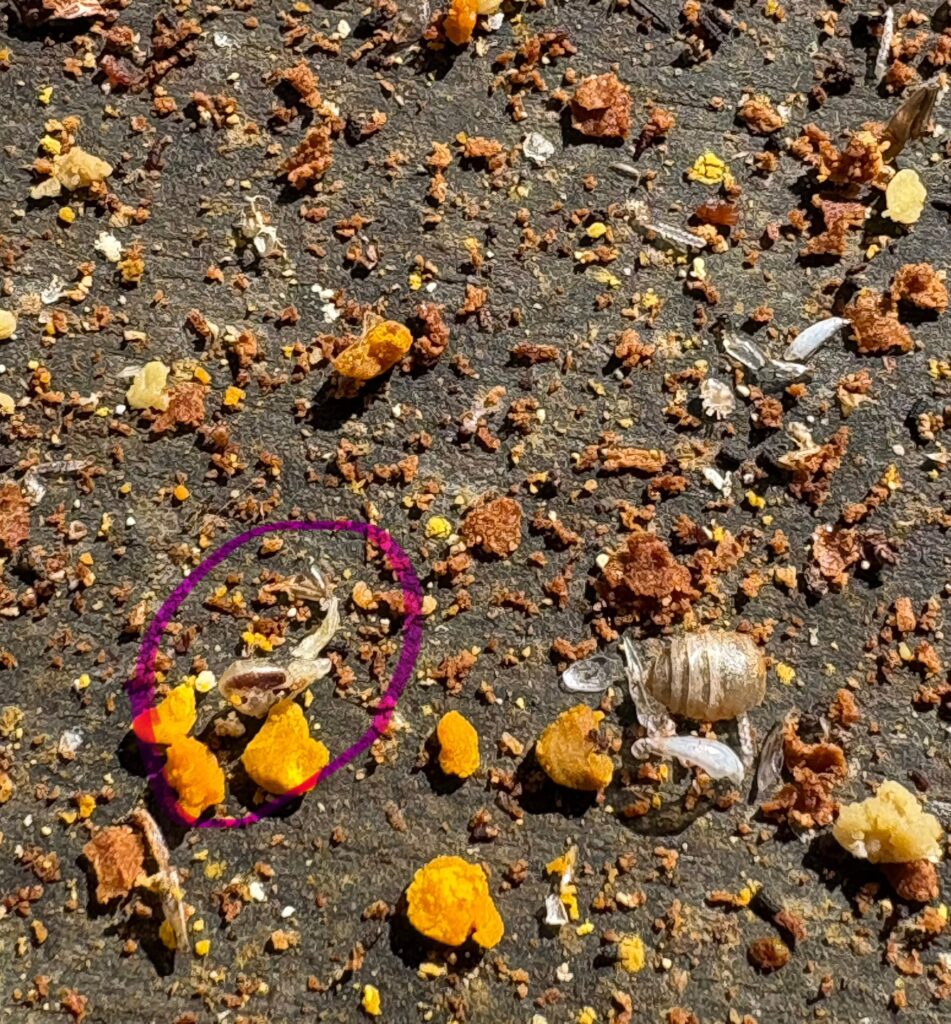
I’m finding chewed- out pupae on the floors of two colonies and am looking out for a good photo opportunity. Steve Riley sent me a photo of one his floors this week and you can clearly see the chewed-out pupae.
Gelda brought me a present of some propolis tincture along with the loan of her latest favourite book which I’ve reviewed for you. I’m going to experiment with propolis for a nail infection. We talked about propolis before in relation to bee health https://www.beelistener.co.uk/bee-health/interior-decorating-with-propolis/ but did you know that it has a wide role in human health too?
Propolis.
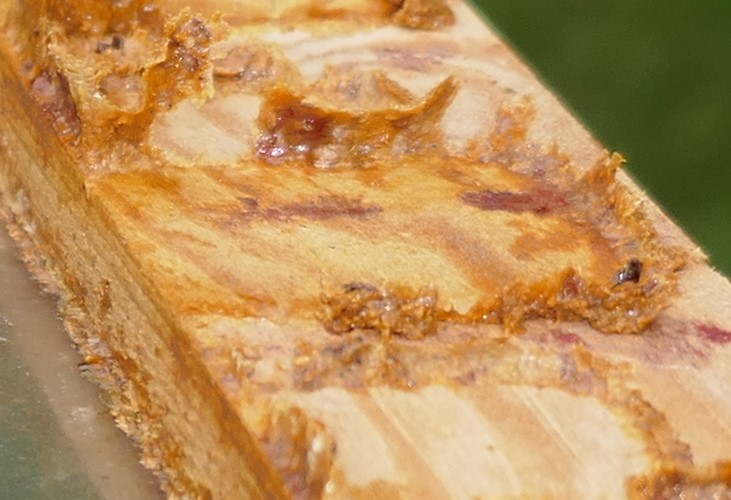
There are at least 150 different biochemical components and some of them act individually, and others synergistically to make an even more powerful impact. Propolis varies greatly in colour and components according to country, climate and plant. Tropical zones produce very different propolis from temperate zones which have fewer terpenes. Terpenes are the volatile aromas which give propolis its distinctive perfume. I love carrying hive boxes in the car on a hot day when the glorious evocative scents waft through to the front and make me glad it’s bee season again, even though it is a lot of hard work.
There are also wax esters, fatty acids, long chain hydrocarbons, phenolic such as caffeic acid phenyl ester (CAPE), and flavonoids in propolis. CAPE is the part that produces some of the research-proven medical properties which makes propolis known for many medical functions including its use as; a local anaesthetic agent, analgesic, antacid, antibiotic, antifungal, anti-inflammatory, antioxidant and preservative, antiseptic, antiviral and anti-allergen compound. Propolis dilates blood vessels and so can lower the blood pressure. Flavonoids help protect against viral infections. Viruses don’t cause trouble when they are encased in their intact protective capsules, but when this covering coat is broken by enzyme activity the virus is activated to reproduce and do its worst. Flavonoids work by blocking the enzyme activity and maintaining an intact outer coat on the virus capsule.
If you’ve ever wondered how propolis helps when you have a sore throat, one of things it does is block prostaglandin production which is the cause of pain. If you want to have a go at making your own tinctures and creams you will find recipes in the following book.
Book Review.
Title: Bee Propolis—Natural Healing from the Hive
Author: James Fearnley
Publisher: Souvenir Press Ltd., 2001
Paperback, 172 pages
ISBN: 0 285 63522 0
Cost: £15
Available: Northern Bee Books and other bookstores
Bee Propolis—Natural Healing from the Hive by James Fearnley was a trail blazing book at the time of publishing in 2001. Back then there was little available evidence that propolis was key to honey bee immunity and colony health, and the risk to human health from antibiotic resistant strains of life- threatening bacteria was only just starting to make news headlines. Fearnley focusses on propolis and human health though a chapter is dedicated to animal treatments. Coming from a retail background in wholefood shops, the author is an internationally recognised expert on propolis and how to use it.
This book has been well written and well researched with a reference list and useful contact address list at the end. There are ten chapters dealing with many topics including what propolis is and its role in the honey bee hive. Fearnley describes the use of propolis down the ages in folk history and follows on with how propolis is used in modern times. We learn how propolis works, and how it is used to treat certain conditions in humans and other animals. It has a wide role as an antibiotic, antifungal, antacid, anti-allergen, anti-inflammatory, antiseptic, and an antioxidant and preservative substance. In Chapter 9 we read about the commercialisation of propolis, how it is obtained and processed correctly, and the acceptable standards that must be achieved, making this is one of the most useful chapters. Everyone producing and using propolis should know this information. In the UK, propolis is sold as a food and not a medicine, despite its medicinal powers, so it is governed by the UK food regulations.
Fearnley discusses the problems of lead contamination and how any UK food product must have no more than one part per million lead (1 ppm). However, at the end of last century when interest in propolis was rekindled, most propolis samples had higher than acceptable lead levels. For example, “Most Chinese propolis at the time contained around 2– 300 ppm; Russian propolis had lower levels of between 10– 50 ppm and European propolis, depending on the source, between 10–30 ppm”. We learn how this prompted propolis refining and the setting of UK standards for its sale and consumption. Being familiar with these standards is crucial for anyone making and selling goods containing propolis. Propolis contains around 150 different biochemical components and their composition varies across different countries and climates so that quality control is a challenge. Bioflavonoids are the key ingredients of propolis and the main ones are chrysin, pinocembrin and galangin. Raw propolis must contain at least one per cent of each of these chemicals. Using high performance liquid chromatography (HPLC) it becomes possible to create a bank of chemical signatures for propolis by recording how each chemical refracts light as it passes through a column in solution. The recorded data can be used by manufacturers to test propolis samples against for purity and standardisation. There are very clear instructions in Appendix 2 for carrying out bioflavonoid analysis using HPLC.
The chapter on making your own medicines will appeal to everyone who has access to propolis and wants try their hand at making some remedies like tinctures for sore throats and creams for skin conditions. The instructions are clear and there is advice on extracting propolis in alcohol, and not heating propolis too much to avoid damaging bioflavonoids.
Bee Propolis—Natural Healing from the Hive is unique because very few publications cover the subject in such detail that is also easy to read. The intended readership is wide-ranging from discerning consumers to manufacturers and retailers. Beekeepers, health professionals, and everyone curious to learn more about nature’s medicine chest will enjoy this book which is also good value for money.
